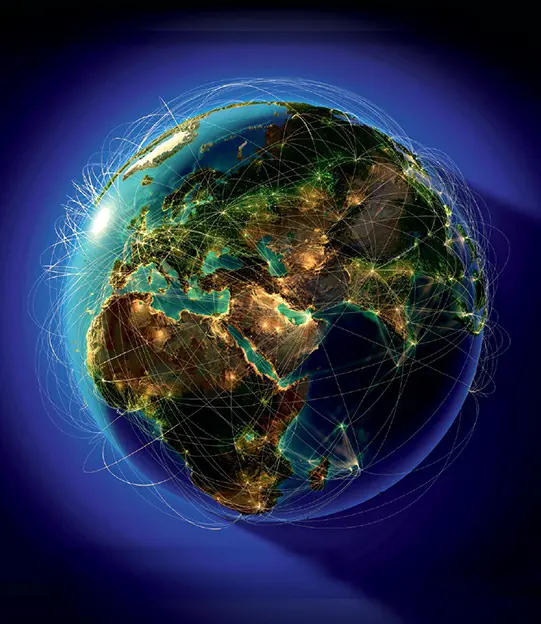The birth of the internet, a transformative milestone in human communication and information sharing, can be traced back to the invention of the first computers in the 1950s. Initially, these mainframe systems, large and cumbersome, were accessed through co-located terminals. As terminals became more dispersed, the need for effective communication protocols and standards became paramount.
In the 1960s, foundational steps towards an interconnected network, or internet, began to take shape. This era saw the introduction of packet-switching technology, where data was sent in small packets formatted in universally agreed-upon ways. Key to this system were routers, specialized computers responsible for steering these data packets to their correct destinations.
The 1970s witnessed the emergence of small internets connecting leading computer science universities and U.S. government organizations, including DARPA. In 1979, a pivotal year, the first standard for sending text-based messages over the internet was established. This advancement led to the introduction of electronic mail by CompuServe, marking the start of the internet as we recognize it today.
Subsequent years brought rapid advancements in internet technology, including increases in speed, bandwidth, and more efficient routing systems. Another significant leap occurred in 1989 with the creation of the World Wide Web. This innovation allowed information to be stored and viewed on specific nodes or pages, vastly expanding the internet’s utility.
Today, the World Wide Web is a global phenomenon, accessible to anyone with a device like a smartphone, laptop, tablet, or personal computer. The internet’s reach, albeit subject to censorship in some regions, has revolutionized various sectors including science, education, and politics. It stands as a testament to human ingenuity, connecting the world and democratizing access to information.

